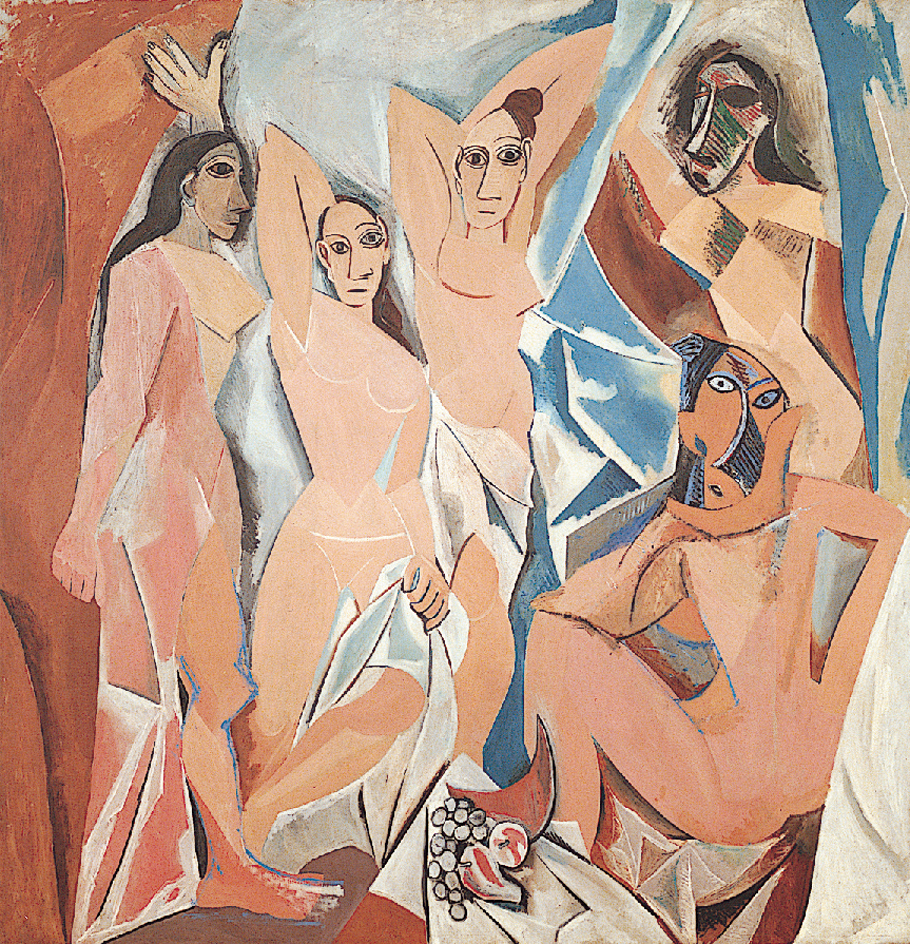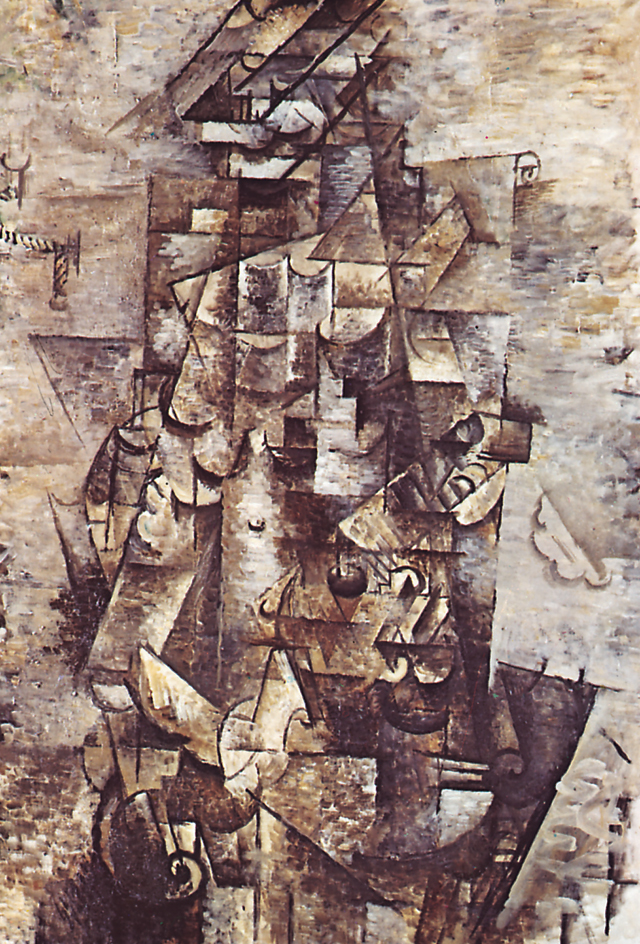Cubism was the most influential movement in the history of modern art. The Cubists introduced radically new approaches to rendering form and space.
Cubism began in France, where it flourished as a movement between 1907 and 1914. The leaders of the movement were the Spanish-born artist Pablo Picasso and the French artist Georges Braque. Other Cubists included Juan Gris of Spain and Robert Delaunay and Fernand Leger of France. The aims of the movement were first expressed in a 1912 book by two other French Cubist painters, Albert Gleizes and Jean Metzinger.

The Cubist painters shunned conventional treatment of space and form. A typical Cubist painting analyzes the subject in basic geometric shapes and elementary signs. By reorganizing these elements and freeing them from direct reference to objects seen in nature, the Cubists developed a new language of representation.

Many Cubist paintings and sculptures are still lifes that represent such commonplace objects as tabletops, musical instruments, bottles, and glassware. Cubist painters and sculptors were often inspired by everyday subject matter, such as the mass media and popular materials, including advertisements, cartoons, and songs. Artists often included numbers and fragments of words in their pictures. The Cubists also made collages, which are paintings that incorporate real objects, such as newspaper clippings, wallpaper, or oilcloth (see Collage). In addition, many of the Cubists were strongly influenced by the formal simplification and expressive power of Black African sculpture.
Cubist paintings are traditionally described in terms of Analytic Cubism and Synthetic Cubism. Analytic Cubism refers to the style that emerged about 1910. Its name suggests the way artists broke down, or analyzed, and then reassembled observed forms in various ways. Synthetic Cubism refers to the style of 1912 and later, in which artists tried to synthesize (combine) imaginative elements into new representational structures.
Although no single painting can be identified as the first Cubist picture, Picasso’s Les Demoiselles d’Avignon (1907) is a landmark in the movement. The series of landscapes Braque painted in the town of l’Estaque, near Marseilles, had a strong geometric character typical of early Cubism.
